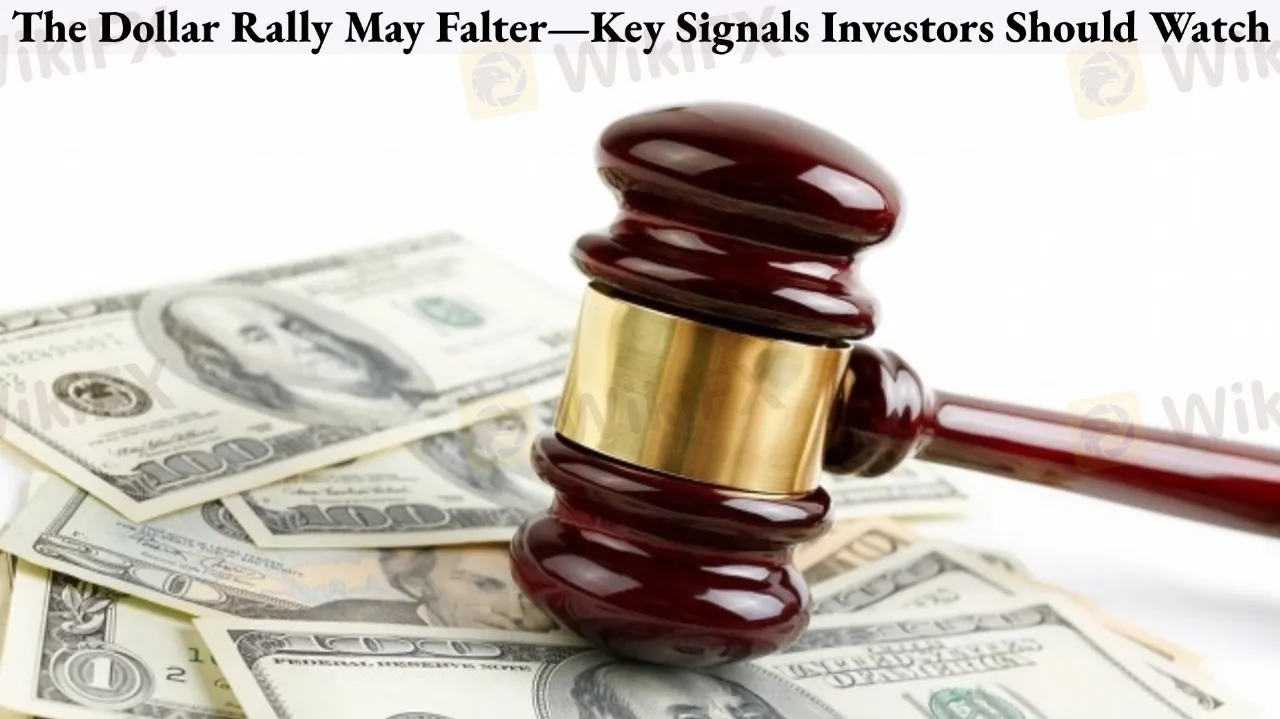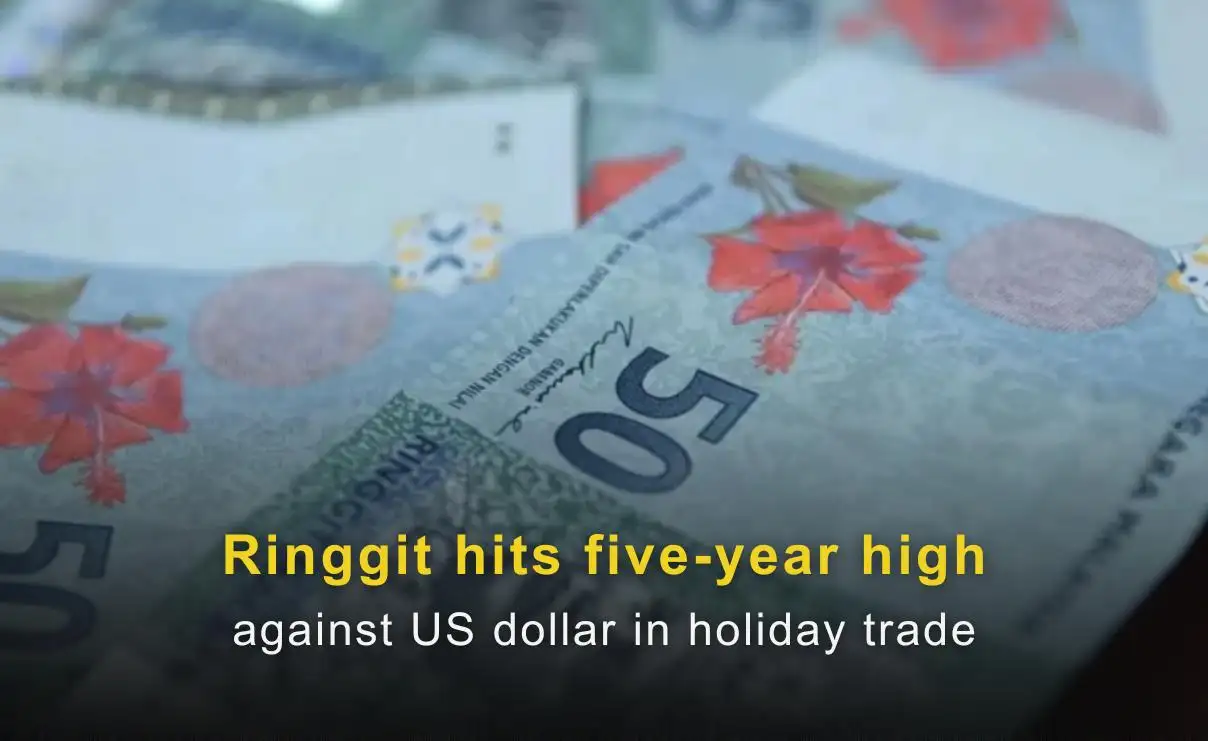Abstract:The recent performance of the U.S. Dollar Index (DXY) in global forex markets has revealed a noticeable divergence.

On the one hand, the DXY extended its weekly winning streak to four, indicating that medium-term bullish momentum remains intact. On the other hand, short-term pressure has begun to build due to weaker U.S. economic data and growing expectations for interest rate cuts. In such a volatile and complex environment, traders need a clear understanding of where the dollar stands in its broader trend in order to identify real breakout opportunities amid the noise.
Steady But Losing Momentum
Over the past trading week, the DXY has shown a choppy downward trajectory. While it continues to exhibit relative strength against the euro, its momentum against other currencies is less convincing. After three consecutive weeks of gains, USD/JPY saw a minor retreat. Meanwhile, pairs such as USD/KRW, AUD/USD, and NZD/USD have experienced more volatile movements, reflecting a tug-of-war between buyers and sellers. These mixed signals suggest that the dollars near-term rally may be losing steam, with market forces gradually reaching a new equilibrium.
The primary reason behind the DXY‘s short-term softness lies in disappointing economic data, which has shifted market expectations regarding U.S. monetary policy. Recent reports show that several key economic indicators underperformed, prompting traders to price in earlier and more aggressive rate cuts. According to Fed funds futures, the probability of a rate cut in July has climbed to 40%, and the market is now forecasting a total of 59 basis points in cuts by year-end. Simultaneously, U.S. Treasury yields have fallen, narrowing the dollar’s yield advantage and cooling investor sentiment toward the greenback.
From a technical perspective, the DXY is now facing both short-term and medium-term resistance. The 60-minute chart shows the price hovering below the midline of the Bollinger Bands, suggesting that the balance between bulls and bears remains unresolved. The 4-hour chart paints a more bearish picture, with prices consistently trading below the midline, and support near 100.35 acting as a critical floor. If the index fails to reclaim the 100.87 level—a key midline resistance—there is a growing risk of a deeper retracement to test prior lows. A clean break below 100.35 could even trigger a new wave of technical selling.
Volatility Rises Amid Mixed Signals
In this increasingly complex market, traders must look beyond charts and consider shifting macroeconomic dynamics and investor sentiment. Several variables are likely to influence the dollar in the coming days and weeks, including upcoming U.S. economic releases, remarks by Federal Reserve officials, and key policy discussions—such as the pending U.S.-Japan currency dialogue. Each of these factors could either reinforce the current price range or serve as a catalyst for a breakout in either direction.
Traders are advised to watch two key signals closely: First, whether the DXY can break above 100.87 or fall below the 100.35 support zone; second, the Feds commentary in upcoming meetings or speeches, particularly its assessments of inflation and labor market conditions. These elements will be instrumental in determining whether the dollar continues to strengthen or enters a consolidation phase.
The Broader Significance of the DXY
The U.S. Dollar Index (DXY) is a vital benchmark that measures the strength of the dollar against six major currencies—namely the euro, yen, pound sterling, Canadian dollar, Swedish krona, and Swiss franc. With a global reach, it is more than just a forex indicator—it reflects the overall health of the U.S. economy and indirectly influences multiple asset classes, including commodities, emerging market currencies, and even equities.
For example, when the DXY strengthens, it typically signals a preference for U.S. assets among global investors, often leading to downward pressure on commodities like gold and oil, while creating headwinds for emerging market economies. Conversely, a weaker dollar tends to boost risk appetite, driving capital toward higher-yielding or riskier assets. As such, the DXY is frequently viewed as a barometer of global market sentiment.
The dollar's recent rally is now at a crossroads. While the longer-term bullish trend remains intact, the growing divergence between macroeconomic data and market expectations is introducing new layers of complexity. The current phase of consolidation, marked by subdued momentum and heightened volatility, does not yet constitute a full trend reversal—but it clearly underscores the diminishing ease with which the dollar had previously appreciated.
Traders should recognize that the path forward for the U.S. Dollar Index will likely be shaped by a convergence of technical triggers and policy-related developments. On the technical side, the failure to break above resistance near 100.87 or a decisive breach below the 100.35 support area could dictate the tone for upcoming sessions. These levels are not just numbers on a chart—they represent key thresholds that could define whether the dollar resumes its uptrend or shifts into a broader corrective phase.
From a fundamental perspective, a great deal hinges on upcoming economic releases, such as U.S. employment reports, inflation data, and GDP revisions. Weak data may reinforce dovish expectations, accelerating bets on rate cuts and pressuring the DXY further. Conversely, any surprises to the upside could re-ignite bullish sentiment and delay the timeline for monetary easing. In parallel, statements from Federal Reserve officials must also be watched closely, as subtle shifts in tone or forward guidance could move markets significantly.
Another layer of uncertainty comes from international policy dynamics. Bilateral discussions—such as upcoming dialogues between the U.S. and Japan on currency matters—may indirectly influence the dollar through shifting perceptions of global policy alignment or divergence. Add to this the geopolitical landscape, including trade tensions and fiscal policy developments, and it's clear that the dollars future trajectory cannot be viewed in isolation.
For individual traders and institutional investors alike, this means a more nuanced, responsive strategy is required. Relying solely on historical patterns or singular indicators may not suffice in a market driven by intersecting narratives. A combination of disciplined technical analysis, attentive macro tracking, and risk-managed trade execution will be critical to capitalizing on the next directional move.










